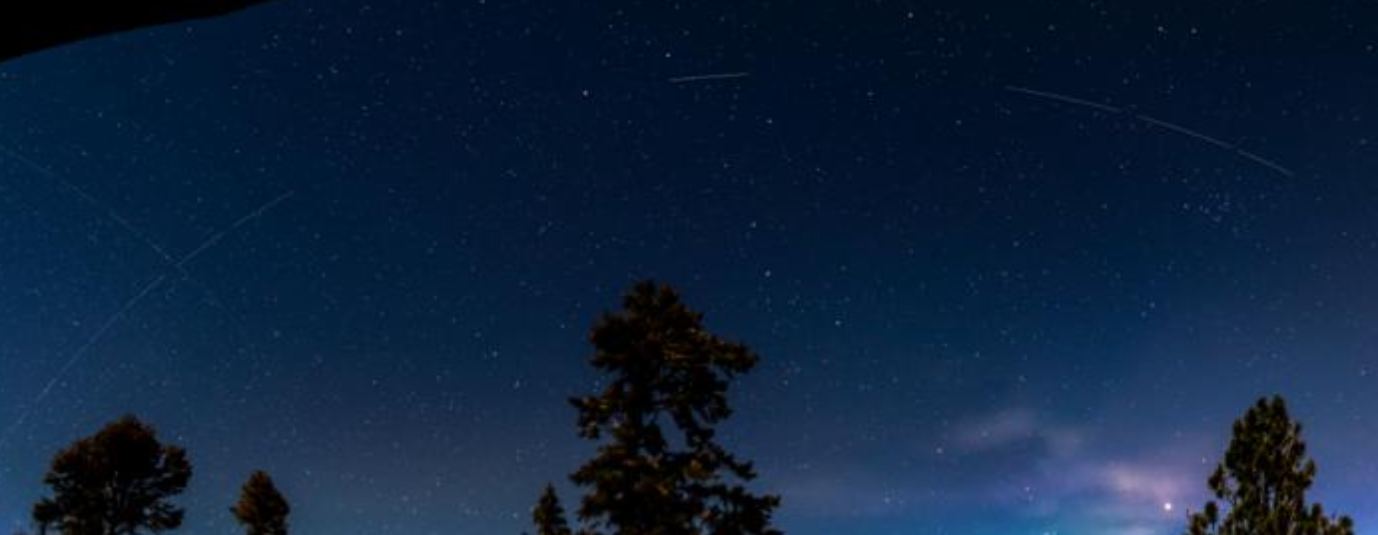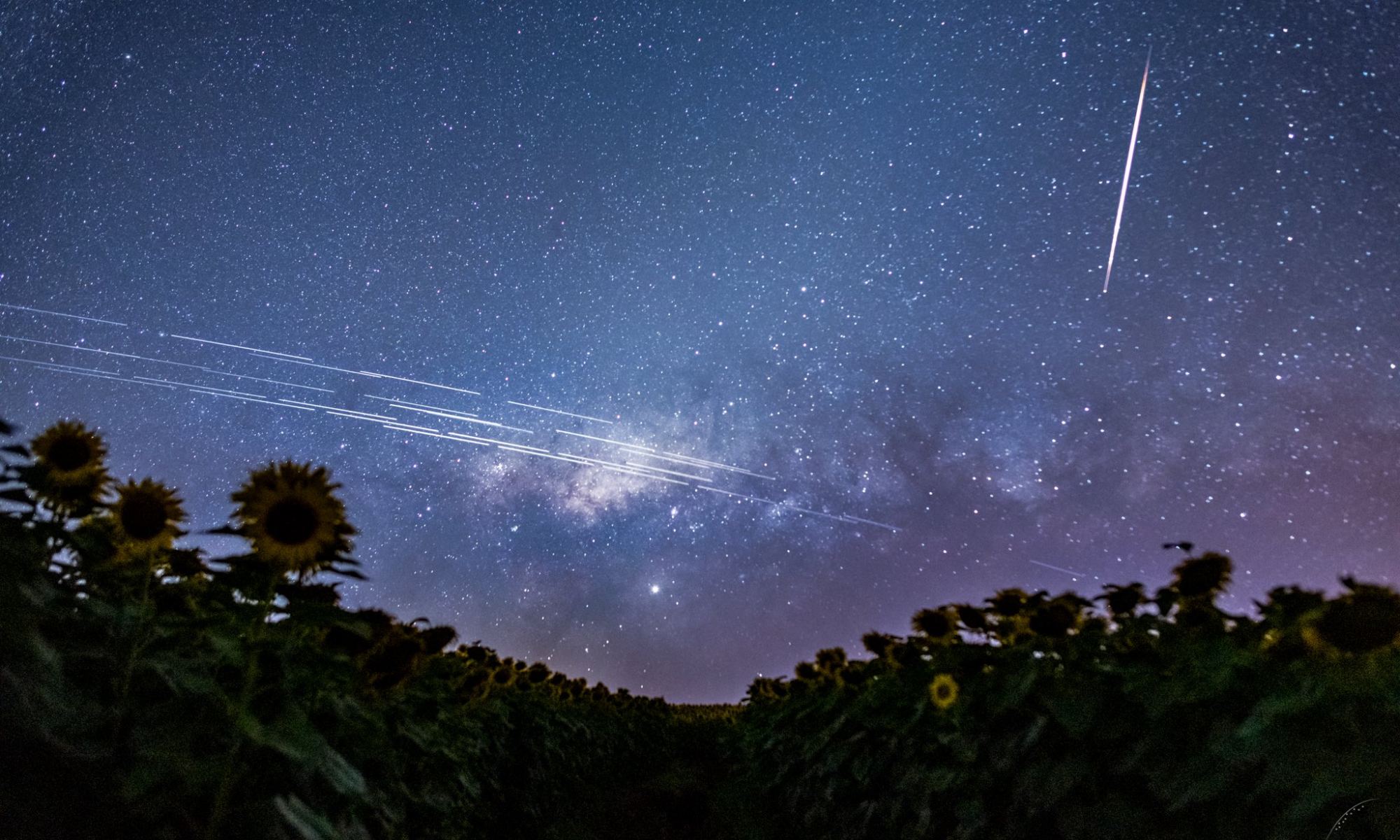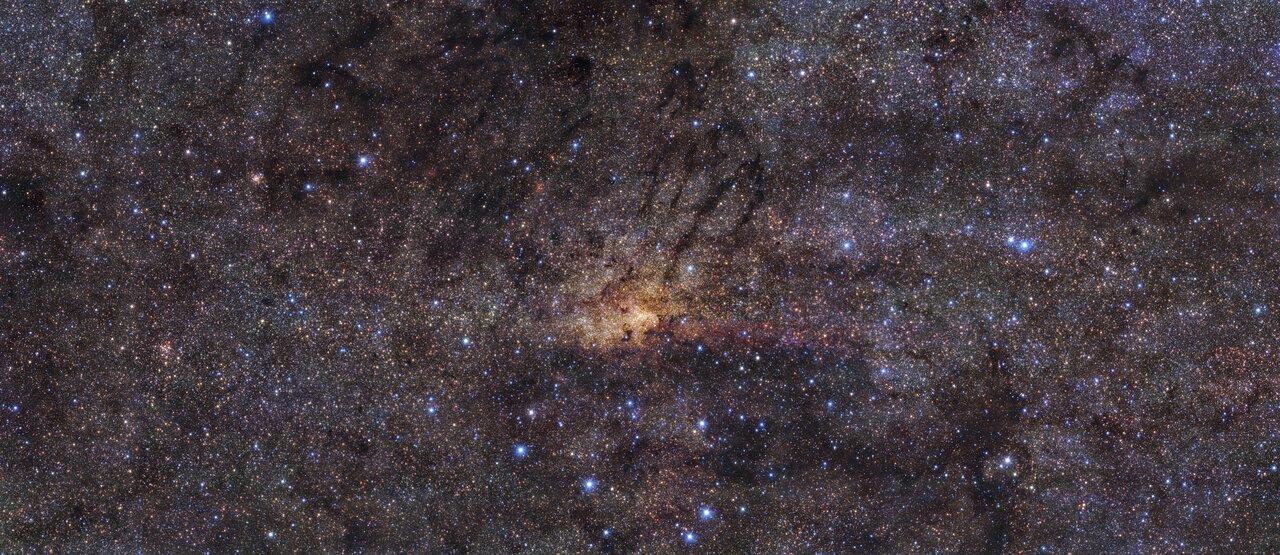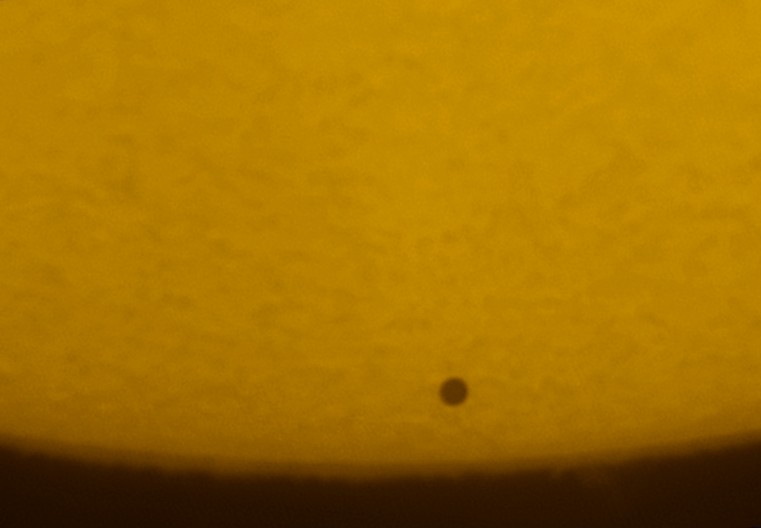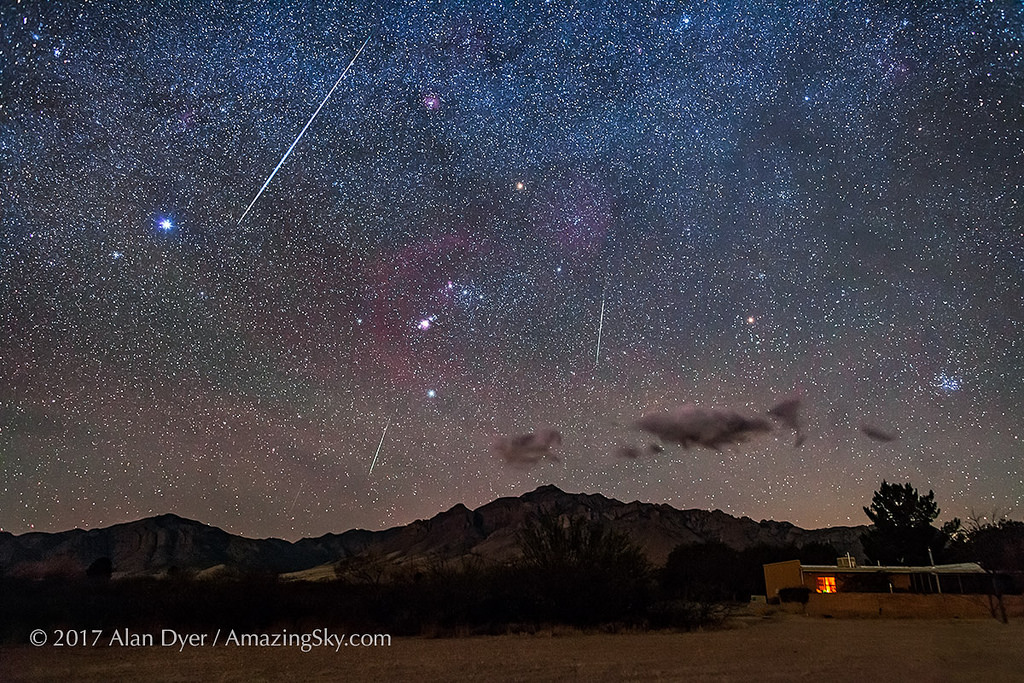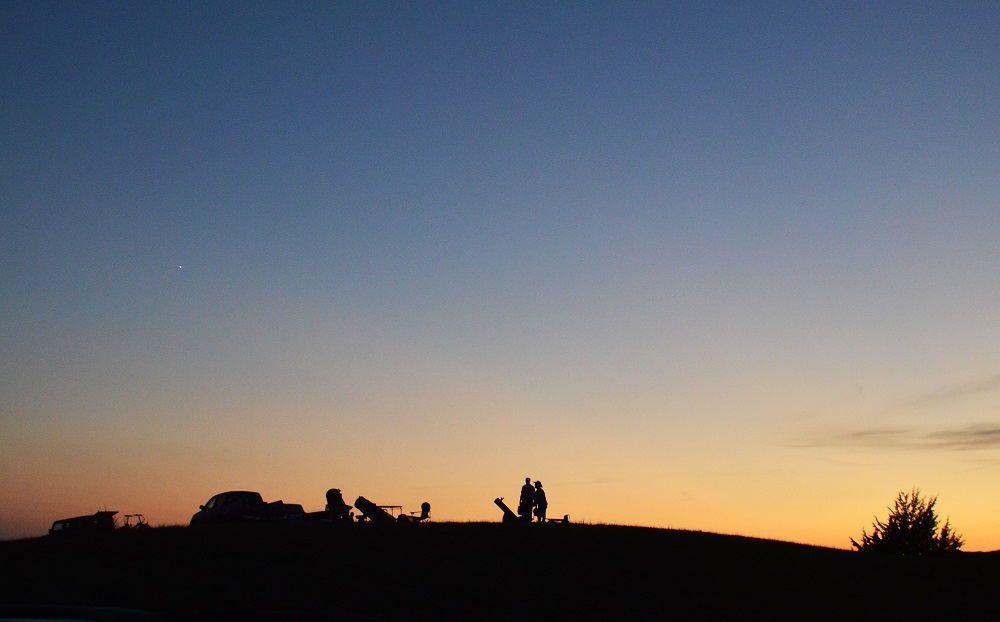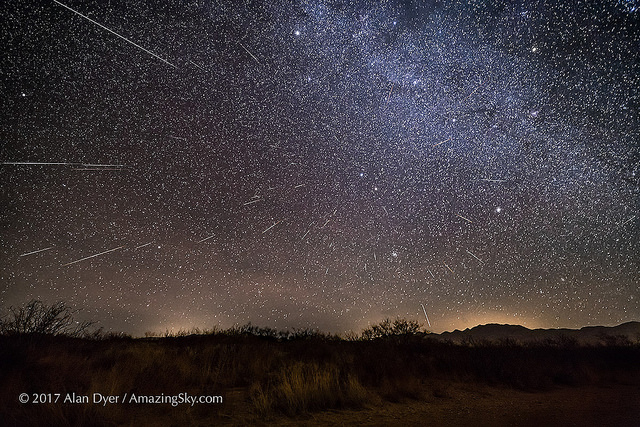Back in the 70s, kids used to look up at the summer sky and try to be the first one to shout, “Satellite!” That seems like a relic from the past now, alongside Polaroid cameras and astronauts on the Moon. These days, it’s rare to spend any amount of time looking at the sky without seeing a satellite, or several of them.
A new satellite is emphasizing that fact. It’s a prototype communications satellite with a roughly 700-square-foot antenna, and it’s brighter than most stars.
Continue reading “One of the Brightest Stars in the Sky is Actually a Satellite”
